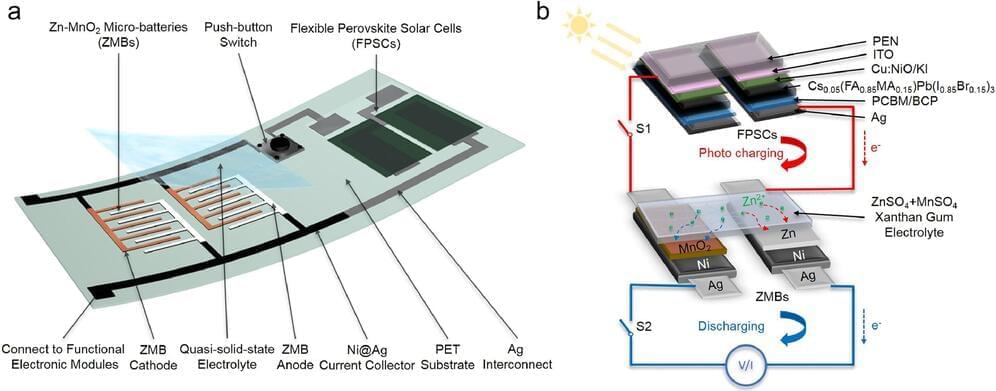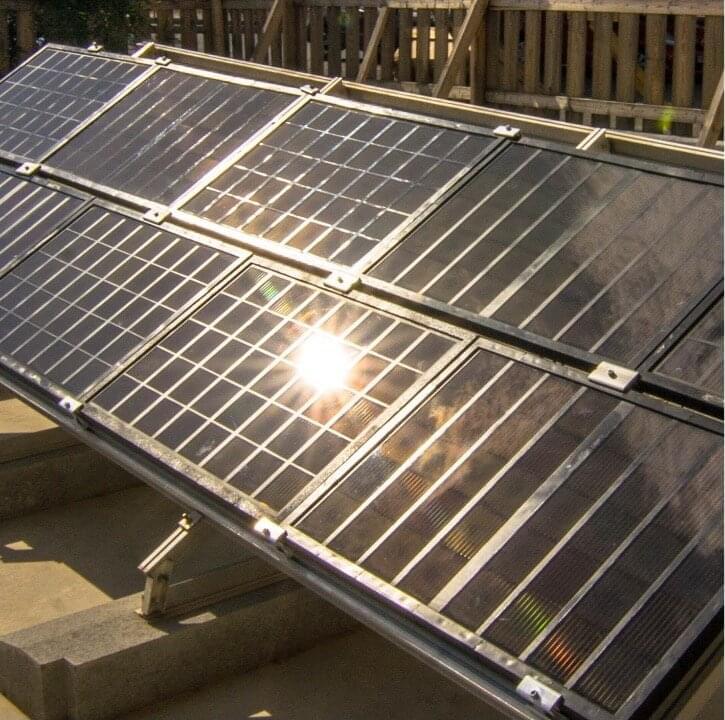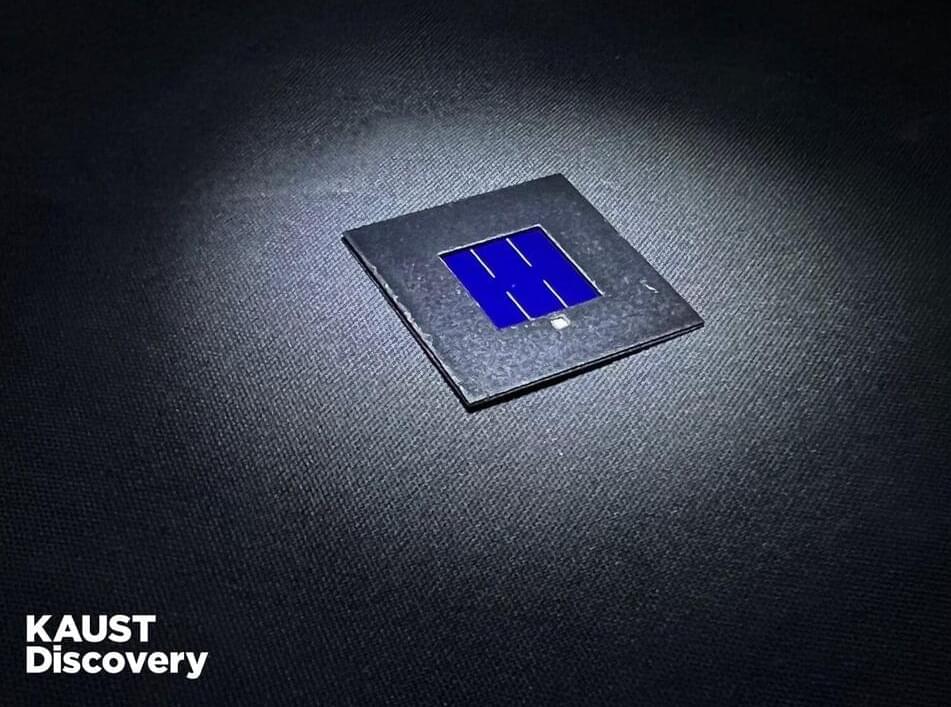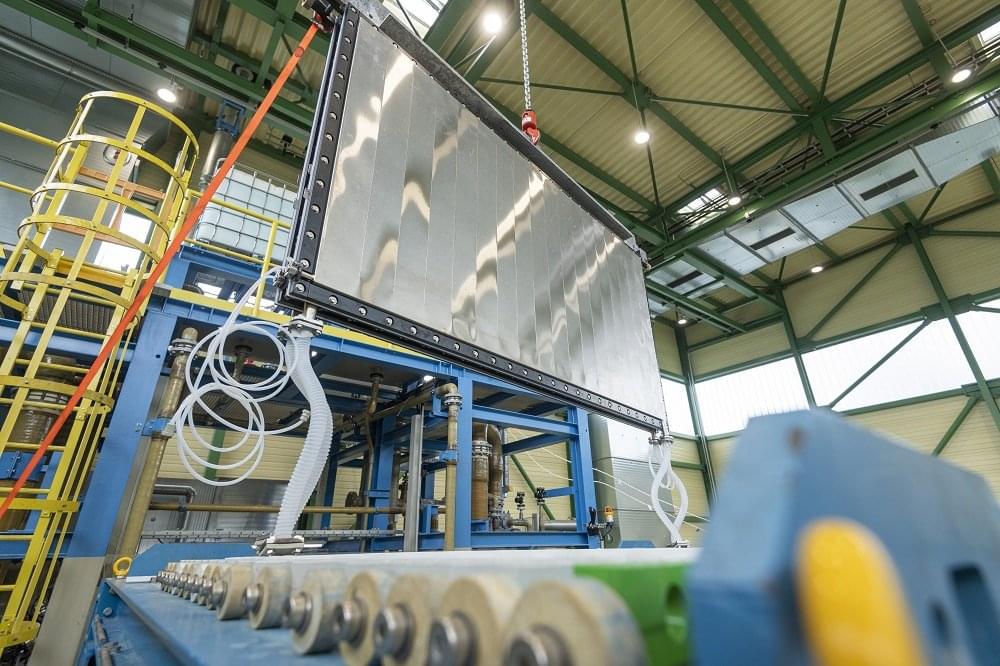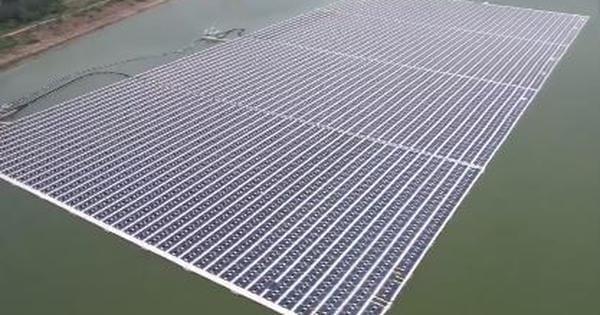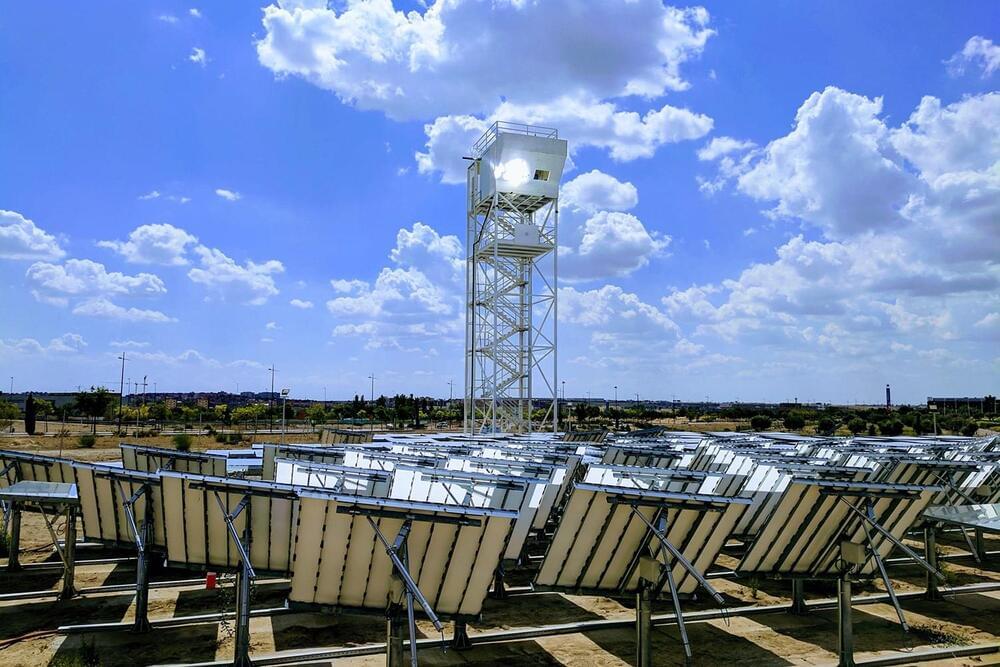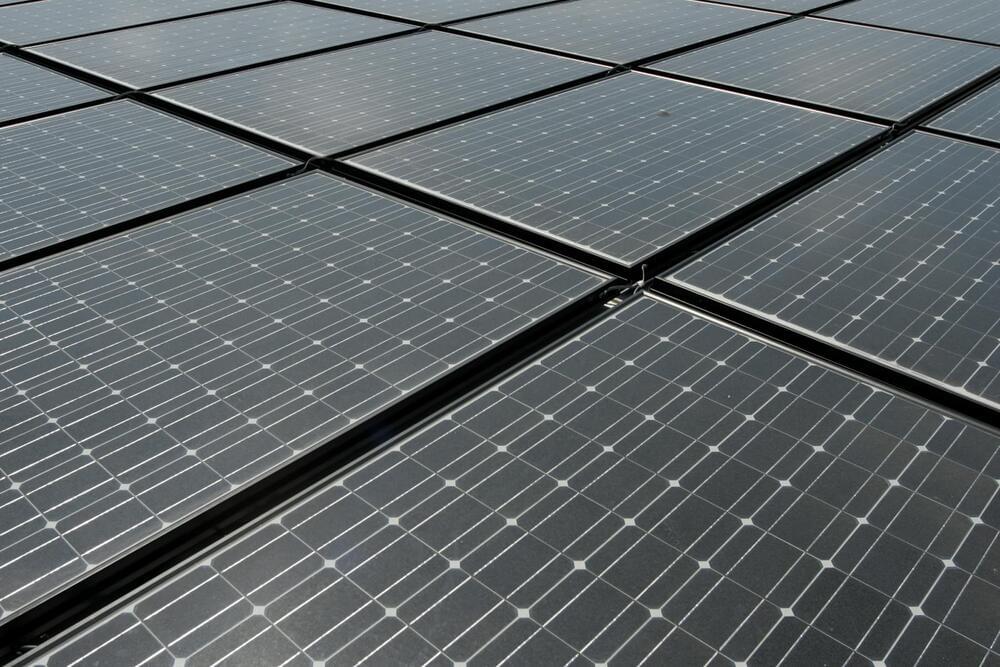Aug 3, 2022
Prototype battery only needs seconds of sunlight to keep smart wearables charged
Posted by Wise Technology in categories: health, internet, solar power, sustainability, wearables
Thirty seconds of sunlight could boost the battery life of future smartwatches and other wearables by tens of minutes, thanks to a renewable and rechargeable battery prototype developed by the University of Surrey.
Surrey’s Advanced Technology Institute (ATI) has demonstrated how its new photo-rechargeable system, which merges zinc-ion batteries with perovskite solar cells, could allow wearables to spring back to life without the need to plug in.
Jinxin Bi, a Ph.D. candidate at ATI and the first author of the paper, says that “this technology provides a promising strategy for efficient use of clean energy and enables wearable electronics to be operated continuously without plug-in charging. Our prototype could represent a step forward to how we interact with wearables and other internet-of-things devices, such as remote real-time health monitors.”
